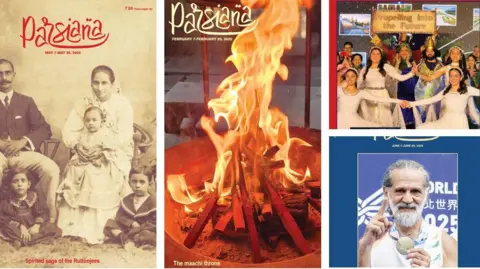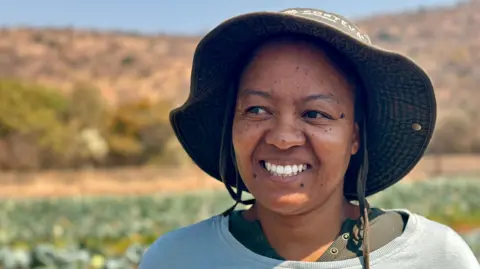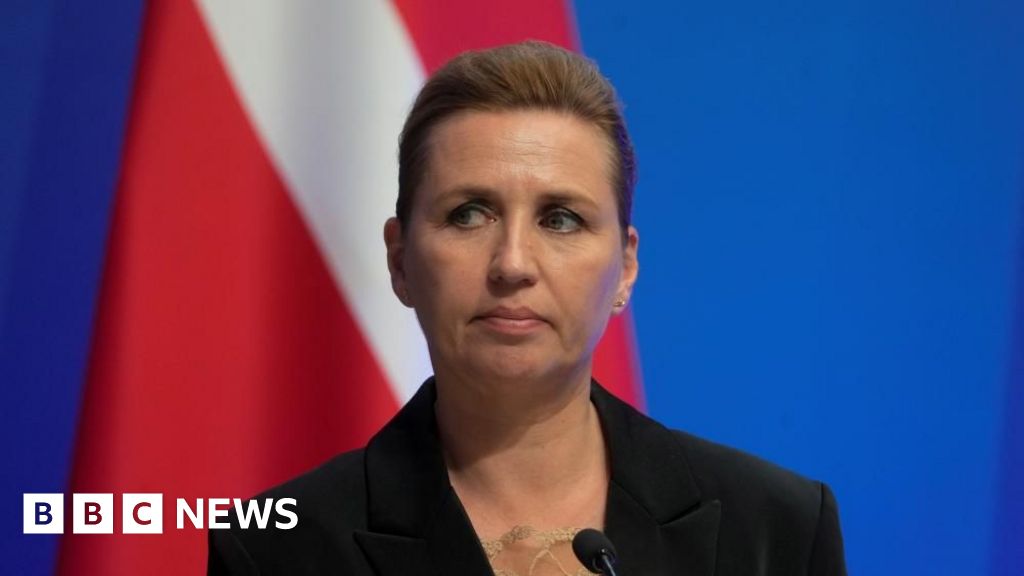“Earlier I would take more time to read… Now if the customer writes 'ring bell', I get that instruction in Marathi,” Sawant shares, demonstrating the ease that has been introduced to his daily tasks. India, with 22 official languages and numerous dialects, faces a significant challenge in achieving digital inclusivity, particularly in sectors such as education and healthcare, as highlighted by Professor Pushpak Bhattacharyya from IIT Mumbai.
Training AI systems requires vast amounts of high-quality data, which is accessible for widely spoken languages like Hindi and English but often absent for less common dialects. Recognizing this gap, Bhattacharyya has actively contributed to Bhashini, a government initiative developed to establish datasets and enhance AI translation services for India’s diverse linguistic landscape. Launched in 2022, Bhashini boasts over 350 AI-based language models that have already processed more than a billion tasks, ensuring that government services are available in local languages.
The potential downside of AI advancements lies in the risk of overshadowing less common dialects, which co-founder Vivekananda Pani warns could occur as translation technology becomes more prevalent. However, Bhashini’s approach emphasizes building unique AI models tailored to India, thus safeguarding cultural and linguistic diversity. Amitabh Nag, CEO of Digital India’s Bhashini Division, envisions increased accessibility to essential services through voice-enabled technology in rural areas within the next few years.
Additional efforts are also underway in healthcare, with projects aimed at using AI to assist individuals in quitting smoking. Associate professor Kshitij Jadhav at IIT Mumbai is working towards creating an AI program capable of providing tailored advice in multiple languages—initial experiments are being conducted in English and Hindi.
Thanks to these initiatives, delivery drivers like Vineet Sawant have witnessed a remarkable increase in efficiency—delivering up to 30 parcels a day compared to just ten previously. The integration of language-appropriate resources instills a sense of belonging and confidence among drivers not fluent in English. “When the app speaks our language, we feel more confident, and we work better,” he concludes, highlighting the significant impact of AI in bridging communication barriers.
Training AI systems requires vast amounts of high-quality data, which is accessible for widely spoken languages like Hindi and English but often absent for less common dialects. Recognizing this gap, Bhattacharyya has actively contributed to Bhashini, a government initiative developed to establish datasets and enhance AI translation services for India’s diverse linguistic landscape. Launched in 2022, Bhashini boasts over 350 AI-based language models that have already processed more than a billion tasks, ensuring that government services are available in local languages.
The potential downside of AI advancements lies in the risk of overshadowing less common dialects, which co-founder Vivekananda Pani warns could occur as translation technology becomes more prevalent. However, Bhashini’s approach emphasizes building unique AI models tailored to India, thus safeguarding cultural and linguistic diversity. Amitabh Nag, CEO of Digital India’s Bhashini Division, envisions increased accessibility to essential services through voice-enabled technology in rural areas within the next few years.
Additional efforts are also underway in healthcare, with projects aimed at using AI to assist individuals in quitting smoking. Associate professor Kshitij Jadhav at IIT Mumbai is working towards creating an AI program capable of providing tailored advice in multiple languages—initial experiments are being conducted in English and Hindi.
Thanks to these initiatives, delivery drivers like Vineet Sawant have witnessed a remarkable increase in efficiency—delivering up to 30 parcels a day compared to just ten previously. The integration of language-appropriate resources instills a sense of belonging and confidence among drivers not fluent in English. “When the app speaks our language, we feel more confident, and we work better,” he concludes, highlighting the significant impact of AI in bridging communication barriers.




















